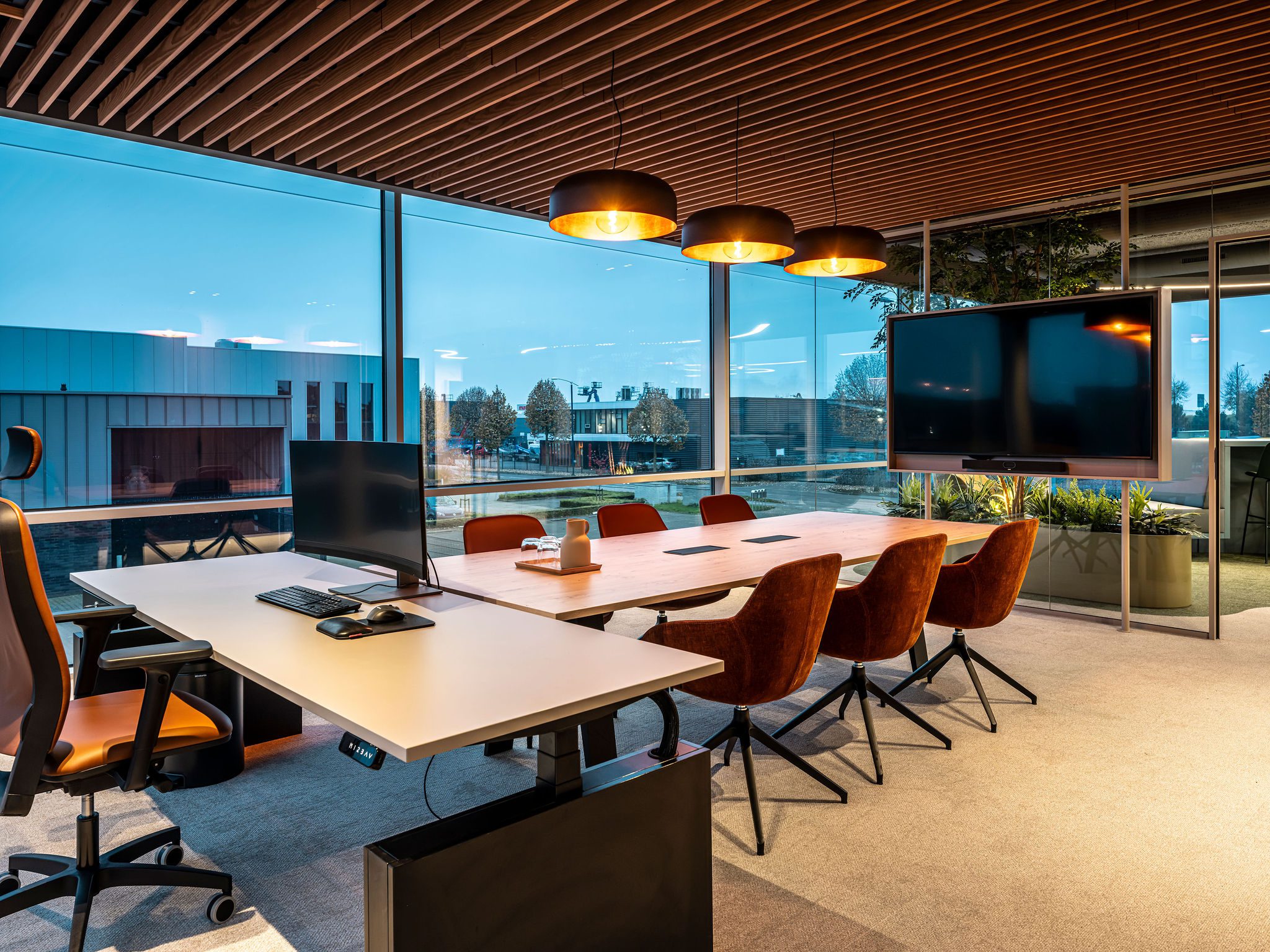Can office lighting cause migraines?
A long workday full of meetings, deadlines and screens can be intense enough. But what if the lighting in your office not only tires your eyes, but also contributes to migraines? Do you often have a headache, sore eyes or an oppressive feeling in your head at the end of the work day? You’re not the only one. Improper lighting can act as an invisible enemy, unwittingly contributing to health issues. But how exactly does this work, and how do you prevent it?
How poor lighting can stimulate migraines
Migraine is a complex neurological disorder in which environmental factors, such as light, can play a major role. Too bright light can be merciless to sensitive eyes, and flickering fluorescent tubes can feel like a strobe effect. Like working in a nightclub, but without the music. Cold, bluish light can also be a trigger because it makes the brain work harder to perceive its surroundings.
Research shows that people with migraines are especially sensitive to bright light, especially when this artificial light is flickering. At first, this may not seem distracting, but after a few hours, it can negatively affect your concentration and well-being. This causes your eyes and brain to tire faster, which can lead to headaches or even a migraine attack.

The impact of office lighting on your health
Good lighting reduces stress, increases productivity and prevents migraines. Poor lighting, on the other hand, has the opposite effect: it can reduce productivity and causes discomfort and health issues.
A major problem in offices is that lighting is often not tailored to the needs of employees. Cold, harsh white light can feel like working under fluorescent tubes in a factory, while too little light can again lead to eyestrain and extra effort to work properly.
In addition, screens and ceiling lighting together can have a negative effect. Bright, direct light above a computer screen can cause reflections and create additional strain. This is similar to how the sun shines into your eyes while you’re trying to read, you squeeze your eyes together and don’t notice until later how much strain it causes.

How can you prevent migraines due to relief?
Fortunately, there are several solutions to reduce the negative impact of office lighting. An office that meets proper lighting standards feels like a space where you work comfortably, without unnecessary strain on your eyes and brain. This starts with choosing lighting that adapts to your natural needs.
Good office lighting should feel as pleasant as daylight. It is softer and more natural than bright artificial light, contributing to a pleasant working environment. Dimmable lighting makes it possible to adjust light levels to suit conditions, while indirect light helps to reduce eye strain and improve working comfort.
Another important aspect is the consistency of lighting levels. In rooms where lighting deteriorates over time, for example due to cheap luminaires with a low LB value, it may happen that the lighting level at workplaces no longer meets NEN standards after some time. This can be solved by installing more fixtures, but this means higher costs, more energy consumption and ultimately more replacement in the long run. A better alternative is to invest in quality fixtures with a good LB value from the outset, so that the lighting meets the requirements for a long time and employees can continue to perform optimally.
Invest in well-being and productivity
Good office lighting is not a luxury, but a necessity. It’s like the foundation of a house: if it’s not good, you won’t notice the consequences until later. Companies that invest in proper lighting not only help prevent migraines and other health problems, but also contribute to a more pleasant and productive work environment.
Ask yourself: Is the lighting in your workplace really optimal? Or are you imperceptibly working in an environment that costs you energy? Want to know how to improve your office lighting? Take a look at our office projects. Or contact us for free advice and discover how good lighting can make a difference.

